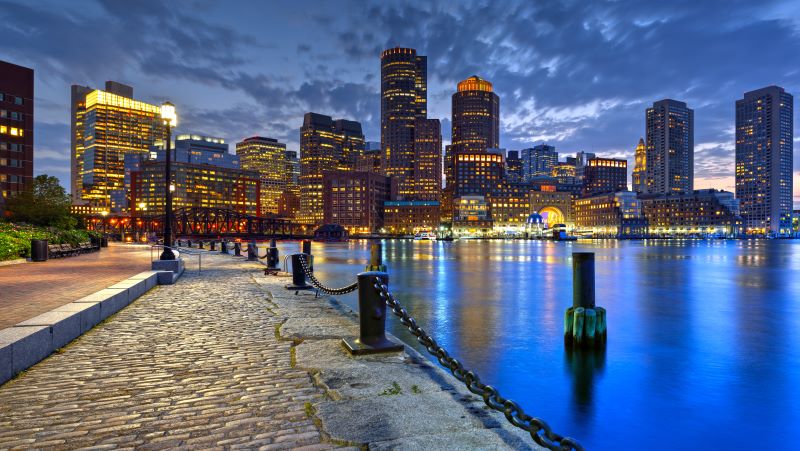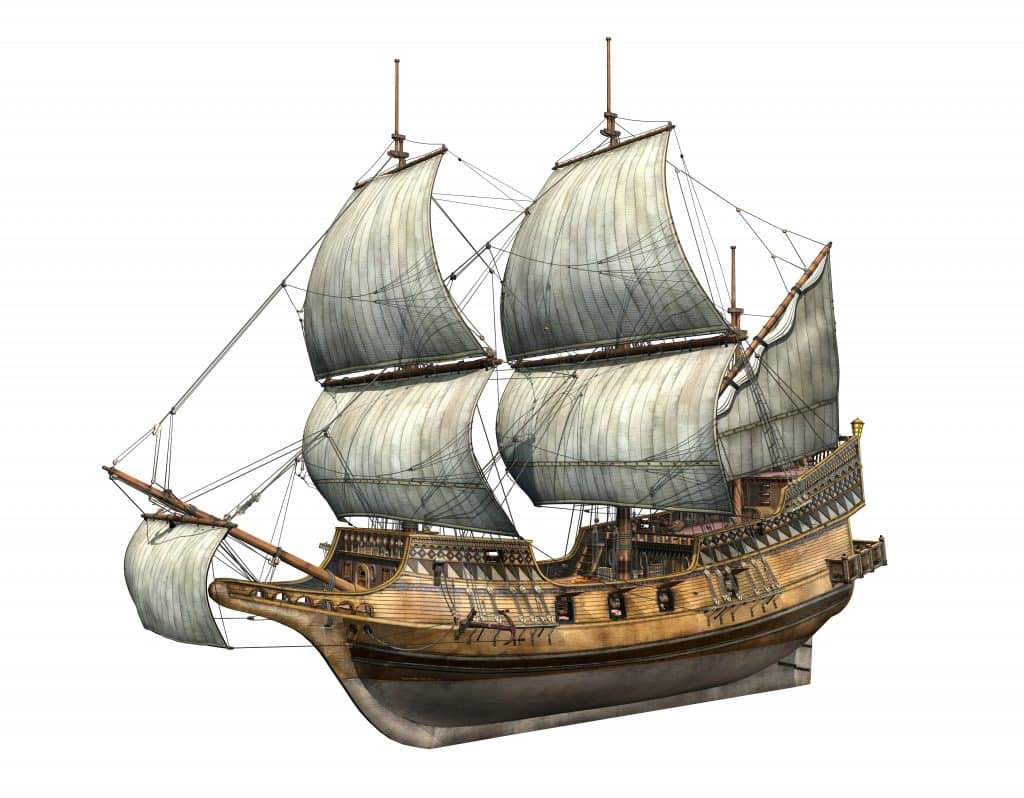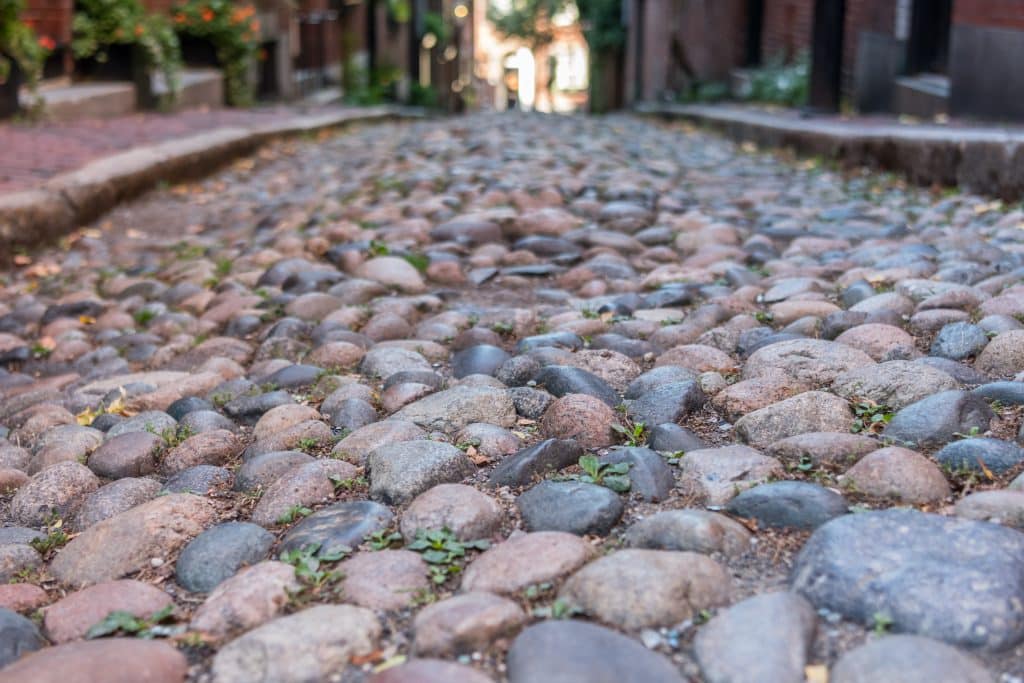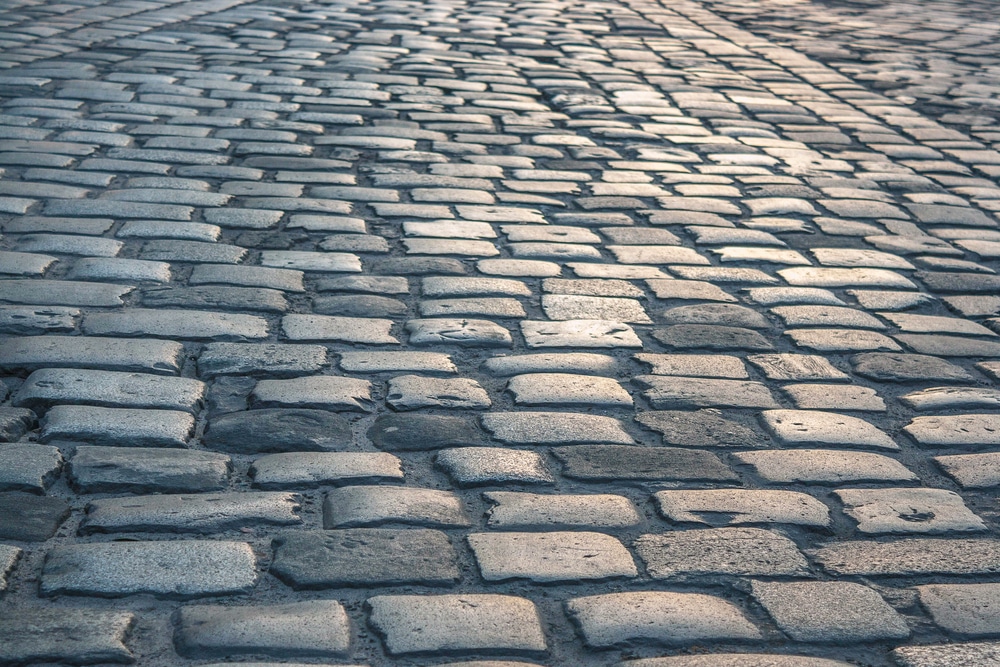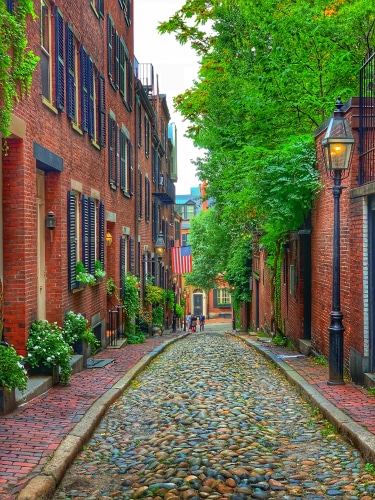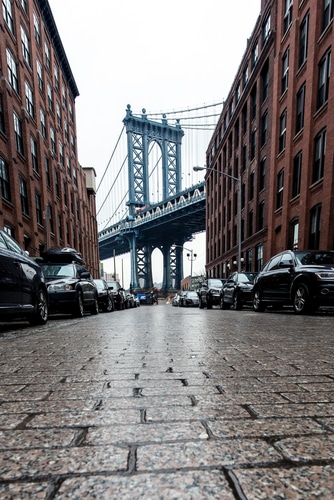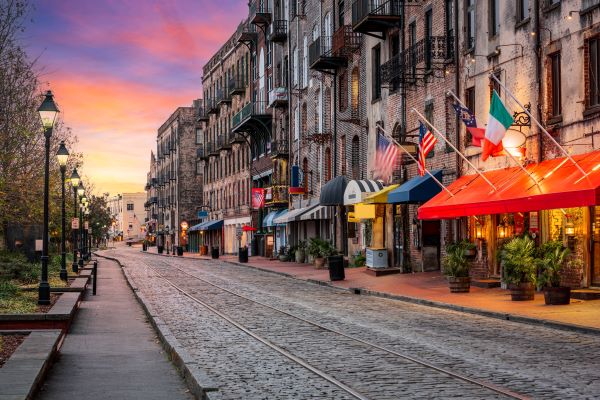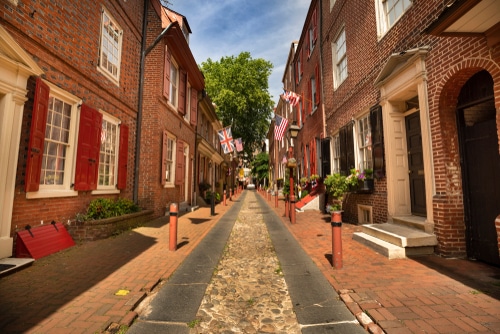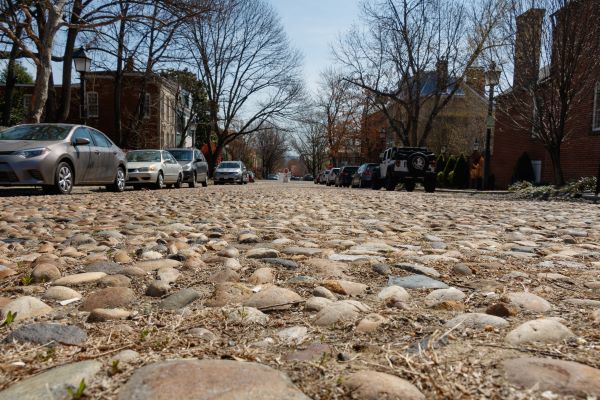The story of cobblestone pavers in America began with a most unremarkable, ordinary purpose, but resulted in an extraordinary legacy of style and substance that lasts to this day.
ACROSS THE OCEAN
During the 17th and 18th centuries, European wooden ships travelling to America rode high in the water and required material-known as ballast-to weigh them down and stabilize them. Cobblestones were a popular choice.
Upon arrival, the ships were loaded with goods for the return journey. Unneeded ballast was discarded, and it wasn’t long before city planners were putting it to use. Cities like Charleston, SC even required captains to discharge unwanted ballast for use in fortifications and building projects.
Along with the cobblestone pavers, came the technique needed to lay them. Immigrants used skills learned in the old-world to shape and fit the stones in the streets of the growing cities of America. And the tradition of practical and beautiful cobblestone pavers quickly took root.
A NEW PATH FOR PAVERS
While the beauty of naturally sourced cobblestone pavers, with their water-smoothed surface and mismatched charm, was undeniable, there were obvious challenges. The time, skill and labor needed to set them were significant. Frequent maintenance was required. And, well…they didn’t grow on trees! Ballast ran out and gathering them consumed more time.
Coincidentally, the quarrying industry in America was on the rise. Quarriers were scouting and developing prime locations, and technological advances made it easier to extract, cut and shape uniform cobblestone pavers out of granite, basalt and sandstone.
The transition to quarried cobblestone pavers-or Belgian blocks-as they became known, had a massive impact on urban development. Streets were paved faster and cheaper, lasted longer, and provided a smoother surface for the increasing traffic volume of a growing population…
…all of which facilitated faster economic growth while maintaining the same aesthetic appeal the cities enjoyed with their natural cobblestone pavers.
PRESERVING OUR PAST
The use of cobblestone pavers for road construction faded with the arrival of asphalt in the late 1800’s. Like the transition from natural cobbles to Belgian blocks before it, this change proved cheaper, faster, and safer. But it certainly wasn’t prettier.
Almost immediately, efforts to preserve sections of cobblestone streets emerged in countless cities throughout America. They were defined as historic landmarks, aesthetic attractions and conservation projects. The efforts were generally successful, and popular examples are easily found.
Whether they were smoothed over time by wind and water, or cut from the earth with precision and skill, the story of cobblestone pavers in America began with the simple goal of keeping a ship upright. What followed was a tale of ingenuity, ambition and cultural preservation…much like the story America itself.

